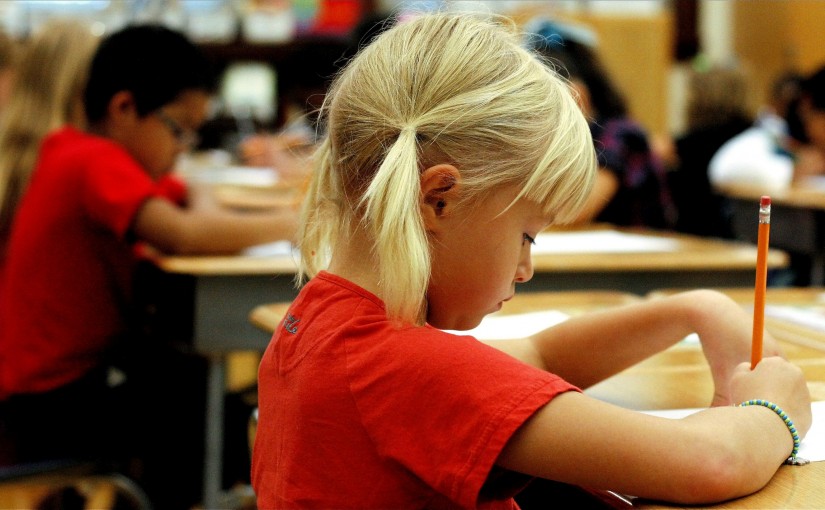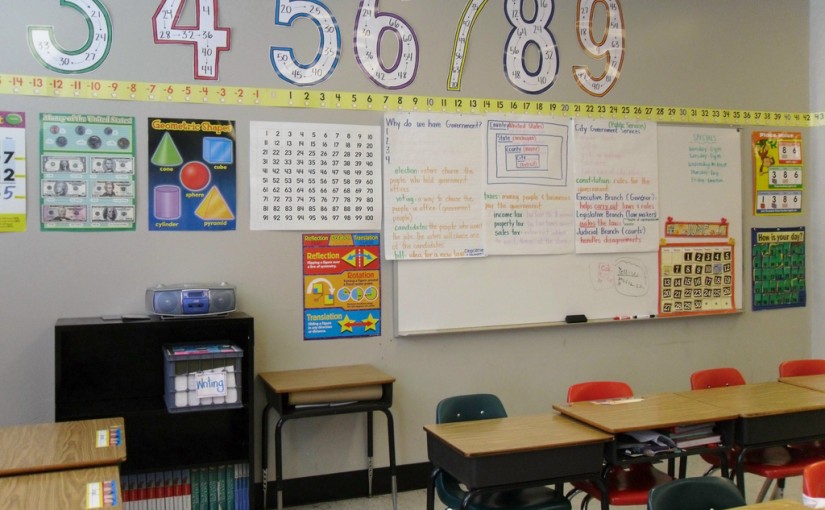Tag: Teaching
-

Family Literacy Day
Every year on January 27, Canada celebrates Family Literary Day. This annual awareness event was created by ABC Life Literacy Canada in 1992 with the mission of spreading word about the importance of reading and engaging in literacy-related activities as a family. Literacy levels in Canada have become a serious issue. Here are some literacy…
-

Identifying Different Types of Learners
There are many different ways that people learn, and in any classroom, you are bound to encounter several students from each learning category. While one method of teaching may work very well for a certain type of learner, another type may not respond at all to what you try. As a new teacher, it is…
-

The Good Teacher’s Guide
A child’s education is nothing without a quality teacher to provide it. But just what makes a good teacher? What are the characteristics that all teachers should strive toward in order to have the biggest influence on their students? Read on to learn all about the ways in which a teacher can go from being…
-

Traditional Education: Does ‘later’ always mean ‘greater’?
Traditional education is, at its core, the most commonly practised form of education throughout much of the world. This term refers to a back-to-basics way of teaching, where a single instructor (or perhaps an instructor with an aide, for larger classes) speaks to a group of students who are seated at desks or tables. This…
-

60 Class Projects for Art Teachers
It is well known among teachers that children respond well to art. Whether they are simply looking at it, learning about it or creating it, using art in the classroom is a fantastic way to get kids engaged and offers many benefits for their development. According to studies, children who regularly participate in art are…
-

Backpack Safety
With the summer coming to a close, matters such as uniforms, stationery and bus routes are often at the top of any parents mind, as children everywhere start preparing for their return to school. However, one important piece of school equipment is commonly overlooked: the backpack. While buying whichever backpack is in fashion, or the…
-

Tips For First Teachers
So you’ve graduated, and you’ve just landed your first teaching job – congratulations! Being a first year teacher is hard going. You have new names to learn and a classroom of children and their parents to get to know, all while you are finding your feet in your new career. This list of tips will…